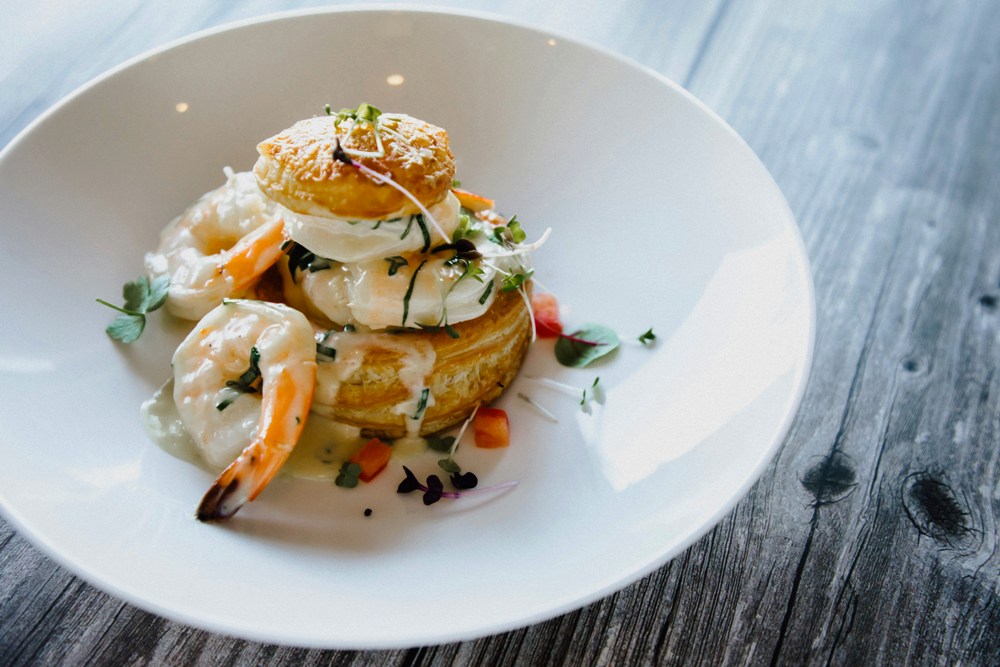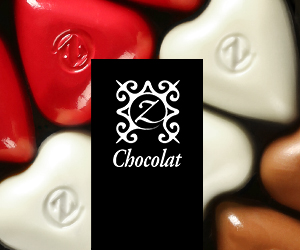
French cuisine is renowned for its elegance, depth of flavor, and timeless traditions. Central to this culinary heritage are classic pairings that combine ingredients and techniques in ways that enhance taste and texture. From the artful marriage of wine and cheese to the careful selection of herbs with meats, these pairings reflect centuries of culinary wisdom that continue to inspire chefs and food lovers alike. Understanding these combinations offers insight into the richness of French cooking and provides a delicious roadmap for creating meals with harmonious flavors and refined balance.
Wine With Cheese for Timeless Appeal
Few pairings are as iconic in French cuisine as wine and cheese. Each region of France boasts a distinct variety of cheeses, ranging from creamy Brie to pungent Roquefort, all of which find their perfect match in a thoughtfully selected wine. For instance, a bold red Burgundy complements the earthiness of aged Comté, while a crisp Sancerre elevates fresh chèvre with its vibrant acidity. This age-old pairing not only accentuates flavors but also exemplifies how French culinary traditions celebrate local terroirs. Matching wine and cheese skillfully enhances both elements, creating a sensory experience greater than the sum of its parts.
Herbs and Meats Create Balanced Flavors
French cooking is defined by its nuanced use of herbs to enrich and balance meat dishes. Classic herbs such as thyme, rosemary, and tarragon play a pivotal role in French culinary technique, imparting aroma and complexity without overpowering the natural taste of meats. For example, thyme's woody fragrance is often paired with lamb, while tarragon's subtle anise notes beautifully complement chicken and veal. These herbs not only bring out the best in meat but also reflect the influence of Provence's fragrant gardens and countryside. By understanding which herbs harmonize with specific meats, cooks achieve dishes that sing with depth and sophistication.
Regional Ingredients and Culinary Harmony
French cuisine is not monolithic but rather a tapestry woven from the diverse ingredients and traditions of its regions. The use of specific fruits, vegetables, and spices often dictates complementary pairings that enhance dishes. For example, the use of Dijon mustard in Burgundy complements rich pork dishes, while the coastal regions of Brittany showcase the perfect balance between seafood and fresh herbs like chervil and parsley. Recognizing these regional pairings offers a deeper appreciation of how geography shapes flavor profiles, making every meal a celebration of place as well as palate.
Classic Sauces and Complementary Dishes
Sauces hold a place of reverence in French cuisine, often designed to accompany and elevate specific dishes. The classic mother sauces—béchamel, velouté, espagnole, hollandaise, and tomate—each pair perfectly with particular proteins and vegetables. For instance, hollandaise with asparagus or eggs Benedict adds richness, while espagnole complements roasted meats with its deep, savory notes. These sauces embody centuries of refinement, turning simple ingredients into luxurious experiences. Understanding these sauce pairings deepens the ability to create meals that are both traditional and impressive.
Cheese and Fruit Pairings for Dessert
Beyond the savory courses, French culinary tradition embraces cheese and fruit as a classic ending to a meal. The sweet acidity of fresh fruits like figs, grapes, or apples contrasts beautifully with creamy or sharp cheeses. A slice of Camembert paired with sliced pears, or Roquefort with honey and walnuts, highlights the delicate balance between sweet and savory that defines French dessert culture. These pairings extend the meal naturally, allowing the palate to linger on complex flavors while providing a refreshing finish.
Exploring classic French culinary pairings reveals a world where flavor, tradition, and regional character intertwine seamlessly. Each combination has evolved through centuries of practice, shaped by geography, culture, and careful technique. Embracing these pairings not only enriches the cooking experience but also invites deeper connection with the heritage of French cuisine. Whether savoring a perfectly matched wine and cheese or appreciating the subtle herb notes in a roast, these pairings offer timeless inspiration for any culinary enthusiast.
EDITORIAL POLICY
The Flash List is dedicated to providing trustworthy editorial content by maintaining strict ethical standards, journalistic integrity, and credible professionalism regardless of any remuneration as working media. The Flash List is not affiliated with third-party companies mentioned and makes no endorsement or guarantee expressed or implied. The preceding article, which contains affiliated link(s) for which compensation was received, is intended for informational reference only and does not constitute advice of any kind. Moreover, a qualified professional should be consulted regarding any lifestyle consideration, medical treatment, or monetary transaction, etc. Content is published in accordance with USFTC regulations and terms and conditions.
MORE ON THE FLASH LIST
































